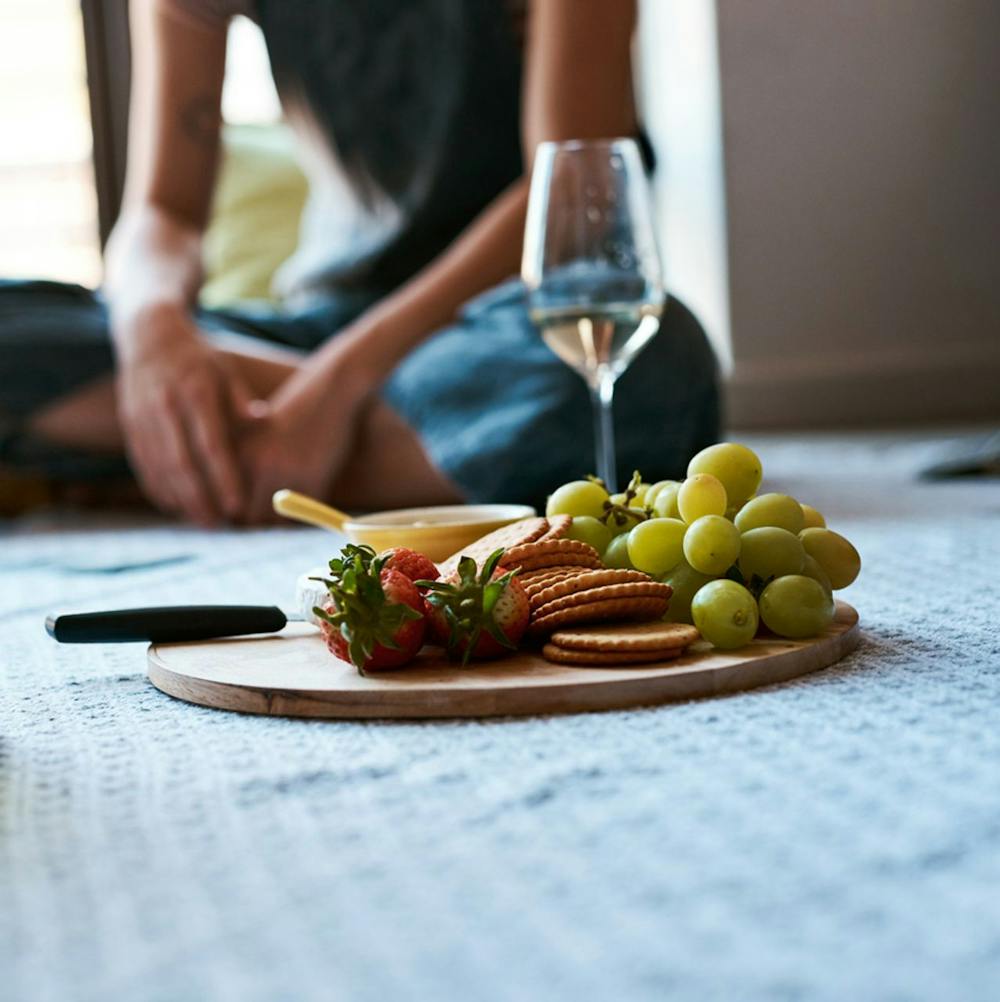Girl dinner, girl money, girl galore! If you were to look at TikTok right now, I can guarantee at least three videos will revolve around some sort of “girl” trend. This phenomenon started when the Internet produced, made viral, then stomped to the ground and smashed to pieces the idea of the “girlboss.”
The term “girlboss,” along with its synonym “boss babe,” originated from Sophia Amoruso’s 2014 autobiography “#GIRLBOSS,” in which she details the rise of her e-commerce business Nasty Gal. While Sophia Amoruso faded into the background once Nasty Gal filed for bankruptcy and she had to step down as CEO, her ingenious phrase stuck. Girlbosses are self-made, prominent businesswomen who are big movers in their industries. They are considered feminist icons because their success proved that they were just as entrepreneurial as men.
Throughout the rest of the 2010s, “girlboss” was everywhere — one could walk into any Target store and find “girlboss” mugs, decor or merch. The trend culminated in the viral TikTok phrase “gaslight, gatekeep, girlboss,” before it crashed and burned. The Internet turned on the girlboss. Social media users claimed it was cringey, millennial and misogynistic. Frankly, the term was condescending from the start. Why are successful women immediately reduced to their gender; can they not just be a boss on their own? Why are grown women infantilized into girls in the first place? Further, just because a successful entrepreneur is a woman does not stop them from perpetuating the same harm that every other capitalist imposes on their workers. Writer Isabel Slone in Early Magazine characterizes the girlboss as “effectively a millennial Karen, only ten years younger and with a better haircut. Instead of making a fuss with the manager, she’s the manager herself, exclusively looking out for her own interests while ignoring the needs of her overworked, underpaid employees.”
Thus, the era of the girlboss was gone. Once the “it” phrase, it was deemed cheugy and sent to the Internet graveyard. However, within months, the girl trends were back. This time started by Gen Z, they proliferated. It began with “hot girl summer,” popularized by Megan Thee Stallion’s hit 2019 single of the same name. After that, “girl” became TikTok’s favorite prefix and suffix. “Hot girl walks” are a staple. “Girl” was added to every aesthetic — one could be a clean girl, feral girl, star girl, vanilla girl, granola girl, coquette girl or a dark feminine girl (?).
Most recently, “girl math” and “girl dinner” have taken over the girl cinematic universe. “Girl math” is a set of financial rules that women intuitively agree on. For instance, if you buy something with cash, it’s free because the money doesn’t come from your bank account. Or, if you skip your daily coffee run, you're actually making money.
“Girl dinner” is basically a meal composed of various snacks and random things from the refrigerator or pantry. The video of this meal might include cheese, a piece of French toast, carrots and a Diet Coke, paired with the grating “girl dinner” song (listen if you dare). It is a random conglomeration of food groups that can barely be categorized as a meal, but sometimes girls just eat like that, and so it is a girl dinner.
All of these trends are, at face value, adorable. They are little tokens of girlhood, relatable for many women. Yet it is women, not girls, who are the target market for these trends; the users behind the videos are often older Gen Z and Millennials. So why is every TikTok trend based on girls – especially given the cancellation of “girlboss” just a few years ago?
The constant idealization of girls stems from both external and internal ageism. Being a woman is heavy, and comes with a lot of baggage. Girls are romanticized in our culture; they are young, beautiful and full of vitality. Women are in a constant pursuit of trying to look like their younger selves because that is the beauty standard and when they are most validated by society. While dealing with these external pressures, women often internalize these feelings. They do not want to age and yearn for their younger selves. This leads to women in their twenties, thirties and forties relating to the girl trends and even perpetuating them. It is hard to be a woman in this world, so instead it is more comforting to identify as a girl.
Because of society’s ageism, womanhood is not as marketable as girlhood. Especially with the rise of “girl” aesthetics, countless products are associated with each type of aesthetic and one must own them to fit the mold. Hailey Bieber capitalized on this concept with the introduction of the “strawberry girl.” By posting a TikTok tutorial on “strawberry makeup,” suddenly this new aesthetic was invented just in time for the launch of her berry-themed peptide lip treatment. The “strawberry girl” was more of a microtrend, but the long-lasting “clean girl” aesthetic has stayed in the zeitgeist and idealizes all sorts of products, from Alo workout sets to matcha lattes. All of these aesthetics serve as advertising and promote endless consumption to vulnerable women just looking for a sense of identity.
So, besides being a cheesy saying on a mug, maybe we had more to learn from “girlboss” than we thought we did. The underlying norms in society to favor girlhood over womanhood have led to a cycle of these girl trends coming and going. Honestly, I can’t even imagine what will come next — girl driving? Who knows.
Get The Chronicle straight to your inbox
Signup for our weekly newsletter. Cancel at any time.

